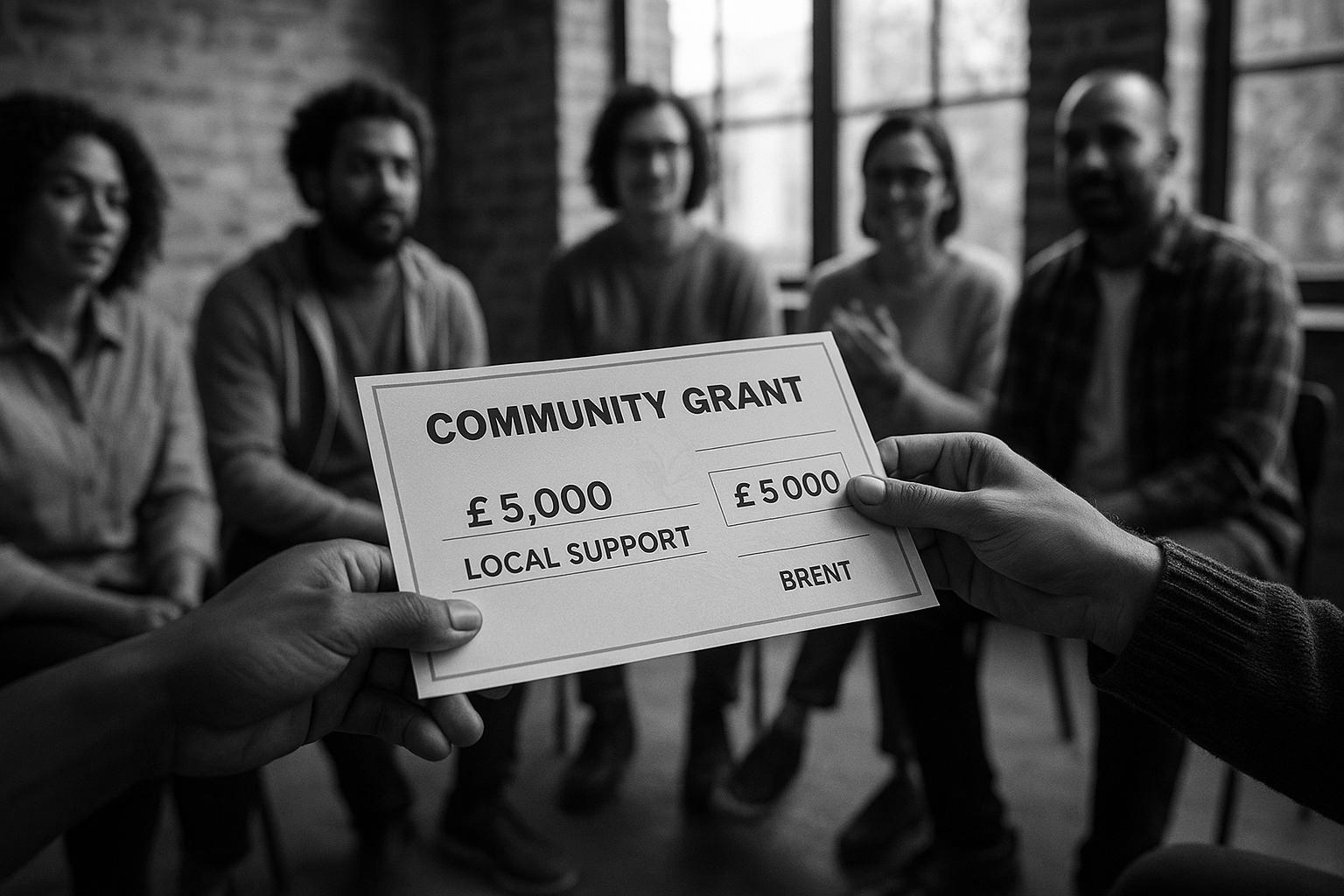Wates Residential has launched a significant community support initiative in Brent through its new Community Chest fund, announcing £45,000 in grants awarded to seven grassroots organisations. This fund aims to bolster small, community-led groups addressing key local issues such as social isolation, youth services, mental health, and employment. Each organisation received funding tailored to the strength of their proposals and the anticipated impact of their projects.
The Community Chest forms part of Wates' broader social value framework connected to the Wembley Housing Zone regeneration programme. This ambitious scheme, delivered in partnership with Brent Council, is set to create 291 new homes, contributing to the area's development. Over the next two and a half years, Wates plans to distribute a total of £300,000 through the Community Chest. The funds are earmarked not only for grassroots projects but also for education, employment, and wider community support initiatives. The first round of funding alone is expected to benefit upwards of 1,100 individuals with projects that include multilingual health clinics, youth engagement sessions, creative training programmes for women, climate-related education, volunteer development opportunities, and efforts to reduce landfill waste by diverting 500kg from disposal.
The Community Chest specifically targets local groups such as registered charities, social enterprises, community interest companies, and not-for-profit organisations based in Brent. It prioritises projects aligned with Brent's strategic community goals: improving health and well-being, addressing cost of living pressures, promoting climate and environmental action, enhancing employment and education, engaging youth positively, reducing social isolation, and fostering sustainable community development. Applicants must submit their proposals via the ActionFunder platform, with support offered through monthly online drop-ins and personalised advice sessions. Projects funded must be completed by the end of 2025, with the next round of funding applications anticipated to open in the fourth quarter of 2025.
Paul Nicholls, Regional Managing Director for London at Wates Residential, emphasised the importance of this initiative. Speaking about the Community Chest, he said: “Supporting these organisations is about more than just funding. It’s about helping the groups that hold Brent’s communities together to continue their vital work.” Cllr Jake Rubin, Brent Council’s Cabinet Member for Climate Action and Community Power, underscored the fund's value to local grassroots efforts, adding: “The Wates Community Chest fund is helping to grow local solutions to local challenges, enabling these groups to make an even bigger impact. It’s inspiring to see real benefits being delivered beyond the bricks and mortar, building stronger, more connected communities across the borough.”
This initiative connects into a wider trend seen in other community chest programmes internationally, such as in East Clark County, Washington, where local Community Chest funds have awarded record sums to nonprofit organisations delivering emergency food assistance, support for families in crisis, and environmental programmes. These parallel efforts underline the growing recognition of community chests as impactful tools for channeling philanthropic support directly to grassroots groups that address immediate and diverse local needs.
Wates Residential’s approach of combining targeted financial assistance with broader social regeneration efforts — like the Wembley Housing Zone — reflects a progressive model of corporate social responsibility. It not only injects funds into vital community services but also fosters long-term social cohesion and resilience through strategic housing and infrastructure investments that benefit Brent residents holistically.
The Community Chest’s focus on measurable local impact and community-led projects sets a benchmark for social value programmes in urban regeneration, demonstrating how private sector initiatives can complement public sector goals in fostering inclusive and supportive neighbourhoods.
📌 Reference Map:
- Paragraph 1 – [1], [2]
- Paragraph 2 – [1], [2], [3]
- Paragraph 3 – [3]
- Paragraph 4 – [1], [2]
- Paragraph 5 – [1], [2]
- Paragraph 6 – [4], [5], [6]
- Paragraph 7 – [1], [2]
Source: Noah Wire Services
